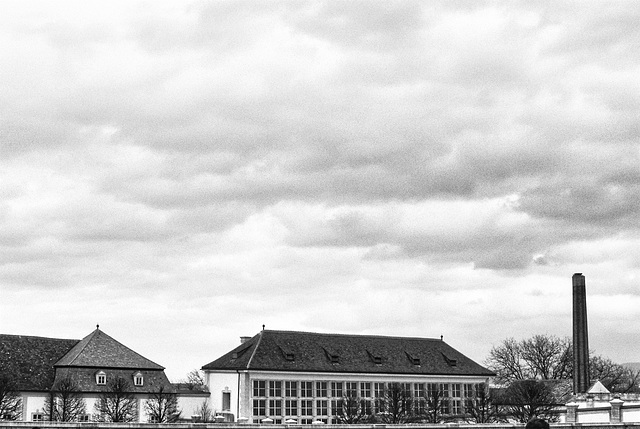What you can't see clear
Not really my cup of tea, but something fascinatin…
In churches, it’s the architecture that captivates…
Evening over Macarena
Seville at night
Slovak TV building
Bratislava with a special lens
silver morning
Early Spring’s Gentle Focus
Kamzík TV Tower, a striking 194-meter-tall landmar…
Traditional Woodcraft and Nature’s Gathering
Cloud Tapestry Over the Danube: Unity Above Border…
Carpathian Cherry Blossom Whispers
Holi/y cow
Durga idol admired
Where all trails meet
Mom and aunt Iva
Bangladesh Parliament Building - South Plaza
Jatiya Sangsad Bhaban, designed by renowned Americ…
Late Autumn mountain panorama facing Vlkolínec
Bratislava at night
Gori, Stalin's museum
Location
Lat, Lng:
You can copy the above to your favourite mapping app.
Address: unknown
You can copy the above to your favourite mapping app.
Address: unknown
See also...
Keywords
The Silent Industry: Schloss Hof's Forgotten Backbone


When most people visit Schloss Hof, they’re drawn to the palace’s grandeur and gardens, but the real engine of the estate was always the Meierhof-the massive Baroque farm complex tucked just behind the main building. Imagine it as an 18th-century “backstage area” where all the practical magic happened. Here, blacksmiths, potters, and basket weavers kept the estate running, producing everything from horseshoes to kitchenware. Many of these traditional workshops have been revived, so visitors can watch craftspeople at work, keeping centuries-old skills alive.
One of the estate’s cleverest features is its orangeries, which used a pioneering underground hot-air system to grow citrus fruits year-round-a sort of Baroque greenhouse innovation. The stables were home to rare horse breeds, and you’ll still see unusual animals like white donkeys wandering the grounds today.
Schloss Hof’s Meierhof wasn’t just about agriculture; it adapted with the times. During World War I, it even hosted the Austro-Hungarian Naval Academy, and later, it was requisitioned by military forces. Today, the Meierhof is a lively, hands-on museum, offering a glimpse into the estate’s industrious past-a reminder that behind every grand palace, there’s always a hard-working, innovative side making it all possible.
One of the estate’s cleverest features is its orangeries, which used a pioneering underground hot-air system to grow citrus fruits year-round-a sort of Baroque greenhouse innovation. The stables were home to rare horse breeds, and you’ll still see unusual animals like white donkeys wandering the grounds today.
Schloss Hof’s Meierhof wasn’t just about agriculture; it adapted with the times. During World War I, it even hosted the Austro-Hungarian Naval Academy, and later, it was requisitioned by military forces. Today, the Meierhof is a lively, hands-on museum, offering a glimpse into the estate’s industrious past-a reminder that behind every grand palace, there’s always a hard-working, innovative side making it all possible.
SV1XV, William Sutherland, Don Sutherland, Boarischa Krautmo and 4 other people have particularly liked this photo
- Keyboard shortcuts:
Jump to top
RSS feed- Latest comments - Subscribe to the comment feeds of this photo
- ipernity © 2007-2025
- Help & Contact
|
Club news
|
About ipernity
|
History |
ipernity Club & Prices |
Guide of good conduct
Donate | Group guidelines | Privacy policy | Terms of use | Statutes | In memoria -
Facebook
Twitter

Sign-in to write a comment.